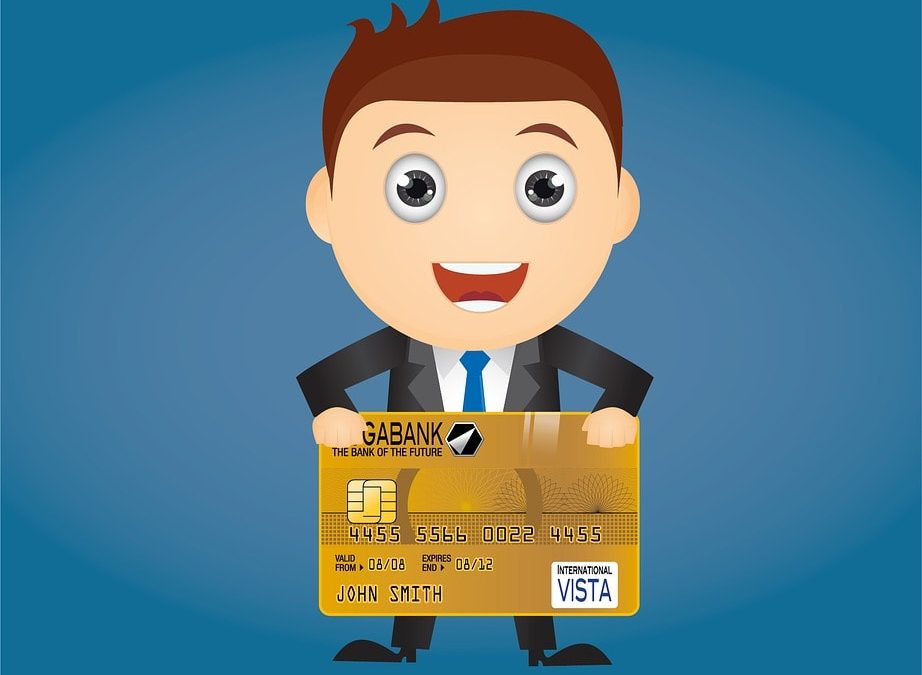Transitioning to EMV payments
The days of swiping debit/credit cards are becoming obsolete, replaced with the new standard for payment, EMV. EMV stands for Europay, Mastercard, and Visa, the founders of the new “chip card” payment. Many new debit and credit cards are now being created with a microchip in the card, which replaces the magnet strip.
Why EMV?
EMV has become a global movement, which has already taken off and become the standard in Europe, to help reduce fraud and protect sensitive data. The chip card was first used in France in 1992. The United States is one of the last major players to switch over to EMV.
Credit and debit card fraud is a big issue, especially in the United States. Magnetic strip credit and debit cards can be stolen or duplicated with an inexpensive device. The chip in the EMV cards is harder to replicate, compared to the magnetic strips, helping reduce on-site fraud. It creates a unique code for each transaction that cannot be used again, for added security. Even if a point of sale system were hacked, the hackers wouldn’t be able to use the chip cards on file as the unique transaction number can’t be used twice or used to trace the card number.
According to Visa, there has been a “52 percent decrease in counterfeit fraud at chip-enabled merchants in September 2016 compared to a year earlier.” As of the same 2016 report, 39 percent of merchants in the US accept chip cards.
How does this affect your business?
If you haven’t migrated yet, you could be held liable for fraudulent transactions occurring at your business. As of October 1st, 2015, businesses that have not switched to EMV payments can be held responsible for the amount of the fraudulent purchases, instead of the credit card companies. The credit card companies will only cover the cost of the fraudulent charge if EMV payment has been implemented. The EMV switch did not affect liability in regards to data breaches or ecommerce transactions, where the “card isn’t present.”
At the moment the use of EMV is not mandatory; it is incentivized by the liability shift. More places are going to switch over, one day making magnetic strip cards obsolete. Customers used to EMV payments may feel less secure and question businesses that have not migrated over yet.
If you’re a new business looking to choose a point of sale provider, ask if their system accepts EMV payments. Businesses may also be able to integrate an EMV card processor to their existing POS system, depending on the compatibility.

